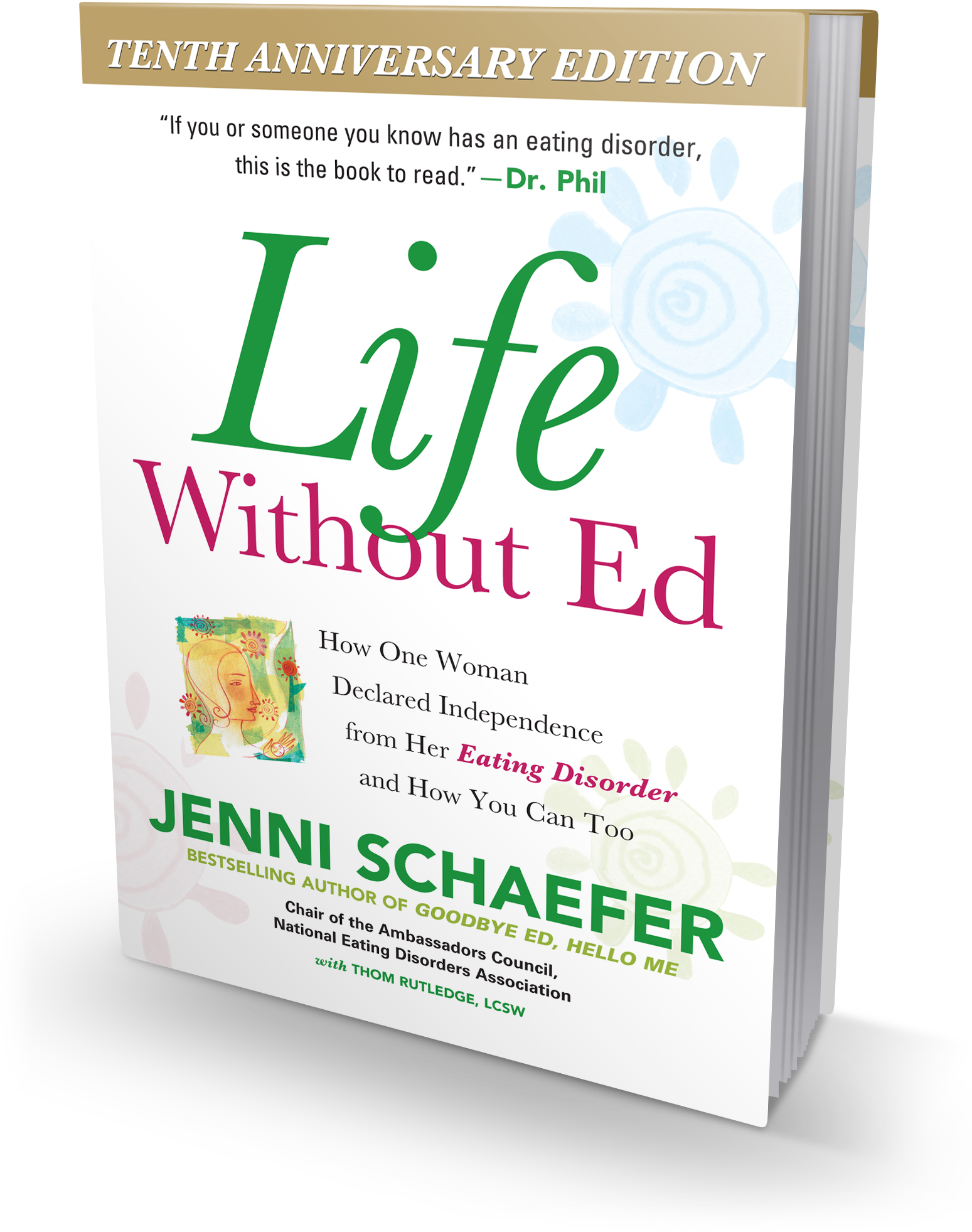
Spilove Psychotherapy Blog
Explore Insights, Healing, and Growth
Your journey to self-discovery, mental wellness, and emotional resilience starts here. Our blog is a space where our therapists share thoughts on trauma recovery, relationships, mindfulness, and holistic healing.
Whether you're looking for practical tools, personal reflections, or a deeper understanding of mental health, you'll find compassionate and thoughtful perspectives to support your path.
Browse our latest posts and discover new ways to grow, evolve, and find balance
Explore
Yoga Therapy on the Main Line: Why Your Breath is Your Best Friend by Melanie Taylor, LMFT, RYT-500
Your breath is both a complicated and conveniently simple process that weaves together the communication between your body and mind. Linked to your nervous system, your breath has the capabilities of keeping you alive, soothing your body and mind and increasing energy. Your breath holds a wealth of resources for you. All you have to do is attend to it. Here’s some ways to access its usefulness.



















